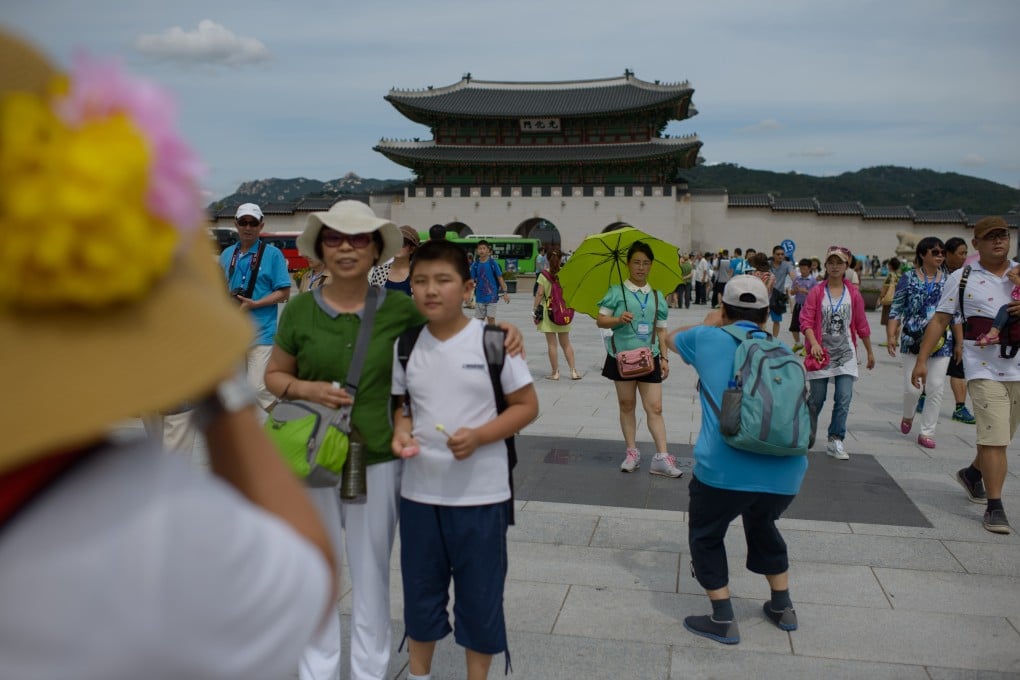The countries that can’t wait for Chinese, South Korean and Russian tourists to return
- Tourism industries around the world are not just waiting for their lockdowns to end, but those of their source markets
- Destinations from Australia to Thailand and Bhutan to Sri Lanka are eagerly anticipating welcoming visitors again

Looking back at tourism industry reports published a few months ago, the future seemed rosy. After 10 consecutive years of growth, international tourism was described by the United Nations’ World Tourism Organisation as a “leading and resilient economic sector”.
People were travelling for longer periods and spending more than ever before. Cruise lines would welcome record numbers of passengers in 2020 and Chinese tourists looked perfectly capable of propping up dozens of developing world economies. But that was then.
For global holiday hot spots, the lifting of coronavirus lockdowns is crucial. Not just their own curfews, you understand, but those affecting the countries that provide them with their visitors.
When German Chancellor Angela Merkel said recently that foreign holidays were not on the agenda, shock waves were felt throughout the Mediterranean. Hoteliers, restaurateurs and bar owners in Spain will also be watching pronouncements from the British government with bated breath. Last year, it received 18 million British visitors.

Here’s a collection of countries and their leading source of tourists. Or, to put it another way, a list of holiday hosts and the nationality they will be most relieved to see return.